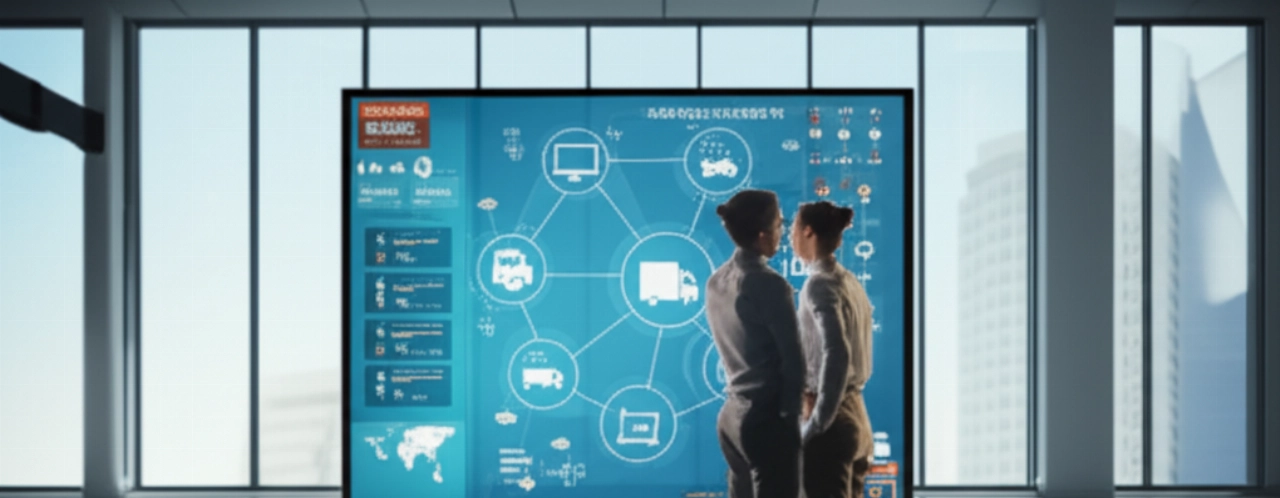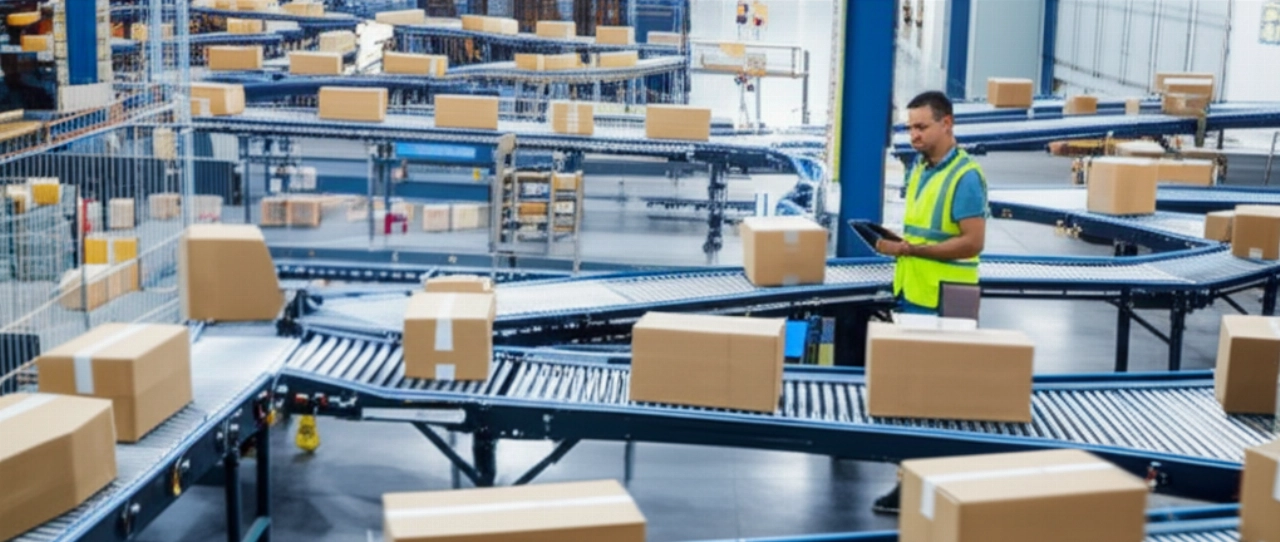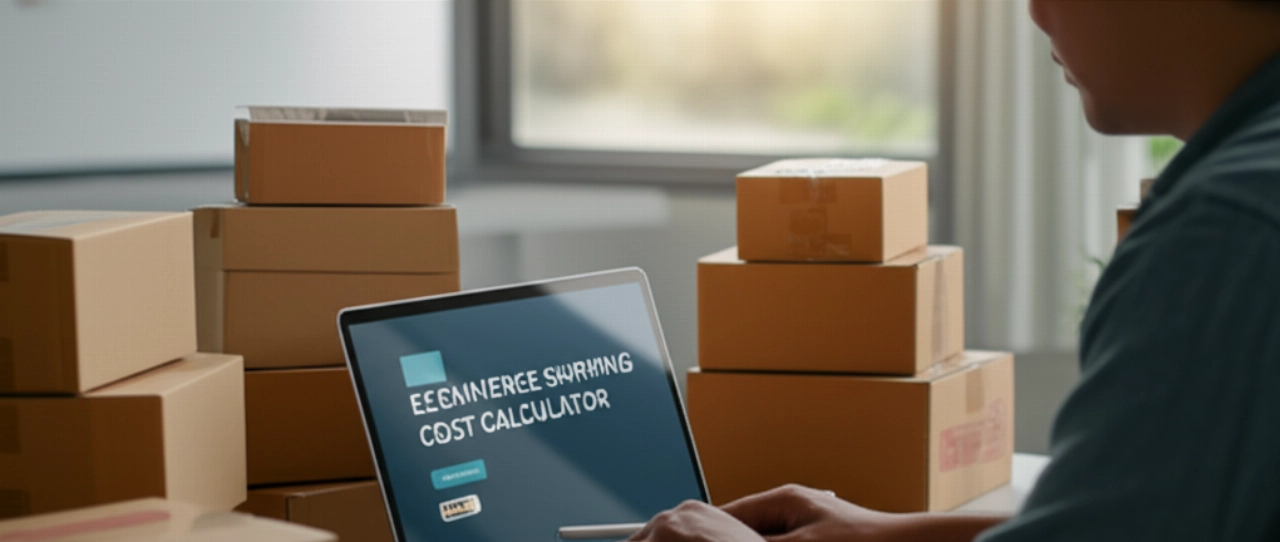In the high-stakes world of enterprise e-commerce, the journey from 'click' to 'delivered' is far more than a logistical exercise. It's a critical battleground for customer loyalty, operational efficiency, and ultimately, your bottom line. Yet, for many B2B and enterprise leaders, ecommerce shipping integration remains a source of persistent frustration, a tangled web of manual processes, disconnected systems, and escalating costs.
Are you grappling with a scalability ceiling, where every peak season pushes your shipping operations to the brink? Is your team trapped in integration hell, manually reconciling orders across disparate ERP, WMS, and carrier systems? Do you fear that a poorly executed shipping strategy is silently eroding your customer experience (CX), leading to abandoned carts and lost repeat business?
You're not alone. The promise of seamless, cost-effective shipping often collides with the reality of complex B2B workflows, diverse product catalogs, and global supply chains. But what if your shipping operations could become a strategic asset, a competitive moat that your rivals simply cannot replicate? This isn't a pipe dream. This article is your definitive roadmap to transforming your enterprise's logistics from a cost center into a powerful engine for growth and customer delight.

Beyond the Label: How Strategic Ecommerce Shipping Integration Fuels Enterprise Growth
For too long, shipping has been viewed as a necessary evil, a cost of doing business. But in today's demanding market, it's a pivotal component of your overall supply chain optimization and a direct determinant of your brand's reputation. A truly strategic ecommerce shipping integration isn't just about connecting your e-commerce platform to a carrier; it's about creating an intelligent, automated ecosystem that:
- Reduces Total Cost of Ownership (TCO): By automating rate shopping, label generation, and tracking, you drastically cut down on manual labor, reduce errors, and optimize carrier spend.
- Accelerates Order Fulfillment: Seamless data flow between your e-commerce platform, warehouse management system (WMS), and carrier systems ensures orders are processed and dispatched with unprecedented speed and accuracy.
- Enhances Customer Satisfaction: Real-time tracking, accurate delivery estimates, and proactive communication build trust and reduce customer service inquiries, turning satisfied buyers into loyal advocates.
- Unlocks Global Reach: Navigate complex international shipping regulations, customs, and duties with integrated solutions that simplify cross-border commerce.
- Provides Actionable Insights: Centralized data on shipping costs, delivery performance, and carrier efficiency empowers data-driven decision-making for continuous improvement.
This isn't just about efficiency; it's about building a resilient, agile enterprise that can adapt to market shifts, scale effortlessly, and consistently exceed customer expectations. It's about transforming a logistical necessity into a strategic differentiator.

The Hidden Costs of Disconnected Shipping: Avoiding the Integration Hell
Many enterprises operate with a patchwork of disparate systems, each handling a piece of the shipping puzzle. This fragmented approach, while seemingly manageable in the short term, leads to significant long-term pain points:
- Manual Data Entry & Errors: The constant re-keying of order details into multiple systems is a breeding ground for costly mistakes, mis-shipments, and customer complaints. This is the epitome of integration hell.
- Lack of Real-Time Visibility: Without a unified view, tracking orders, managing inventory, and responding to customer inquiries becomes a reactive, time-consuming nightmare.
- Suboptimal Carrier Selection: Without automated rate shopping and intelligent routing, you're likely overpaying for shipping, missing out on optimal service levels, and failing to leverage volume discounts.
- Scalability Bottlenecks: As your order volume grows, manual processes buckle. The scalability ceiling becomes painfully apparent, hindering your ability to capitalize on growth opportunities.
- Poor Customer Experience: Delayed shipments, inaccurate tracking, and inconsistent communication directly impact customer satisfaction and retention. This is the performance bottleneck that kills conversions.
- Compliance Risks: Navigating complex shipping regulations, especially for international orders, becomes a high-risk endeavor without automated compliance checks and documentation.
These aren't just minor inconveniences; they are significant drains on your resources, profitability, and brand reputation. The 'one-size-fits-all' trap of basic SaaS shipping modules often fails to address the unique complexities of enterprise-level B2B logistics, leading to these very issues.

The Blueprint for a Future-Proof Ecommerce Shipping Integration Ecosystem
Building a robust ecommerce shipping integration isn't about buying off-the-shelf software; it's about engineering a bespoke solution that aligns with your unique business processes and future growth ambitions. Here's our blueprint for success:
- Comprehensive Discovery & Strategy: We begin by deeply understanding your current logistics workflows, pain points, carrier relationships, and long-term business goals. This includes mapping your order fulfillment processes end-to-end.
- API-First Architecture: Leveraging modern API-first principles ensures flexible, scalable connections between your e-commerce platform, Enterprise Resource Planning (ERP), WMS, CRM, and all relevant shipping carriers and third-party logistics (3PL) providers.
- Intelligent Rate Shopping & Routing: Implement logic that automatically selects the optimal carrier and service level based on cost, delivery speed, package dimensions, destination, and customer preference. This is key to logistics automation.
- Automated Label Generation & Tracking: Streamline the creation of shipping labels, packing slips, and customs documentation. Provide real-time tracking updates directly to customers and internal teams.
- Returns Management Integration: A seamless returns process is as crucial as outbound shipping. Integrate returns portals and reverse logistics workflows for a complete customer journey.
- Performance Monitoring & Optimization: Implement dashboards and reporting tools to continuously monitor shipping costs, delivery times, and carrier performance, enabling ongoing refinement and cost savings.
- Scalability & Future-Proofing: Design the integration with modularity in mind, allowing for easy addition of new carriers, warehouses, or sales channels without requiring a complete overhaul.
This structured approach ensures that your investment in ecommerce shipping integration delivers tangible ROI, not just a temporary fix. It's about building a foundation that supports your growth for years to come.
Your Partner in Logistics Transformation: The Commerce K Approach
At Commerce K, we understand that enterprise-level ecommerce shipping integration is not a commodity service. It's a strategic imperative that demands deep technical expertise, a nuanced understanding of B2B complexities, and a proven track record of delivering high-stakes projects.
We don't just implement software; we engineer solutions that integrate seamlessly into your existing ecosystem, optimize your supply chain, and enhance your customer experience. Our team of senior architects and integration specialists has navigated the most intricate B2B logistics challenges, ensuring that your transition is smooth, your data is secure, and your operations are uninterrupted.
We act as your strategic partner, guiding you through every phase:
- From initial discovery and requirements gathering, ensuring every unique business rule is accounted for.
- Through meticulous solution design and development, leveraging best-in-class integration patterns.
- To rigorous testing and seamless deployment, minimizing downtime and de-risking your investment.
- And finally, providing ongoing support and optimization to ensure your shipping engine continues to perform at its peak.
Our commitment is to deliver not just a functional integration, but a competitive advantage that empowers your enterprise to scale, innovate, and lead in your market.
Frequently Asked Questions about Ecommerce Shipping Integration
What is the ROI of a comprehensive ecommerce shipping integration?
The ROI is substantial and multifaceted. It includes direct cost savings from optimized carrier rates and reduced manual labor, increased revenue from improved customer satisfaction and reduced cart abandonment, and enhanced operational efficiency that frees up resources for strategic initiatives. Many clients see a return within 12-24 months through a combination of reduced TCO and increased sales.
How long does a typical enterprise shipping integration project take?
Project timelines vary significantly based on complexity, the number of systems to integrate (ERP, WMS, CRM, multiple carriers), and the customization required. A typical enterprise-level ecommerce shipping integration can range from 4 to 9 months, including discovery, design, development, testing, and deployment. Our detailed scoping process provides accurate timelines upfront.
Will a new shipping integration disrupt our existing operations?
Our methodology is designed to minimize disruption. We employ phased rollouts, rigorous testing in staging environments, and comprehensive training for your team. Our goal is a seamless transition, ensuring business continuity and avoiding the fear of a failed migration.
Can you integrate with our legacy ERP/WMS systems?
Yes, absolutely. We specialize in complex integrations, including those with legacy ERP and WMS systems. Our expertise lies in building robust API layers and middleware solutions that bridge the gap between modern e-commerce platforms and established enterprise systems, ensuring data integrity and real-time synchronization.
How does this impact our customer experience and retention?
A well-executed ecommerce shipping integration dramatically improves customer experience (CX). Customers benefit from accurate shipping costs, real-time tracking, proactive delivery notifications, and faster, more reliable deliveries. This leads to higher satisfaction, increased repeat purchases, and stronger brand loyalty, directly impacting retention rates.
You've navigated the complexities of enterprise e-commerce long enough. You understand that true growth isn't found in quick fixes or off-the-shelf solutions, but in strategically engineered systems that empower your business. The insights shared here are not just theoretical; they are the distillation of years of experience transforming complex logistics challenges into clear, scalable, and profitable growth engines for leading B2B organizations.
Perhaps you're thinking, "This sounds like a significant undertaking," or "Do we have the internal resources for such a project?" These are valid concerns, and precisely why a strategic partner is indispensable. This isn't an 'overkill' for your enterprise; it's the essential next step to unlock your full potential and build a lasting competitive advantage.
Stop navigating technical debt and operational chaos. Your business deserves a clear digital commerce roadmap that delivers measurable results. The first step isn't a quote; it's a no-obligation Scoping & Strategy Session with our senior architects. We'll help you map your potential, de-risk your investment, and identify the precise opportunities you're currently missing in your shipping operations. Click here, tell us about your project, and start building your future-proof commerce engine today.
Now that you understand the strategic importance of seamless shipping, discover how we execute a flawless ecommerce migration service or explore the power of headless commerce agency solutions for ultimate flexibility.





